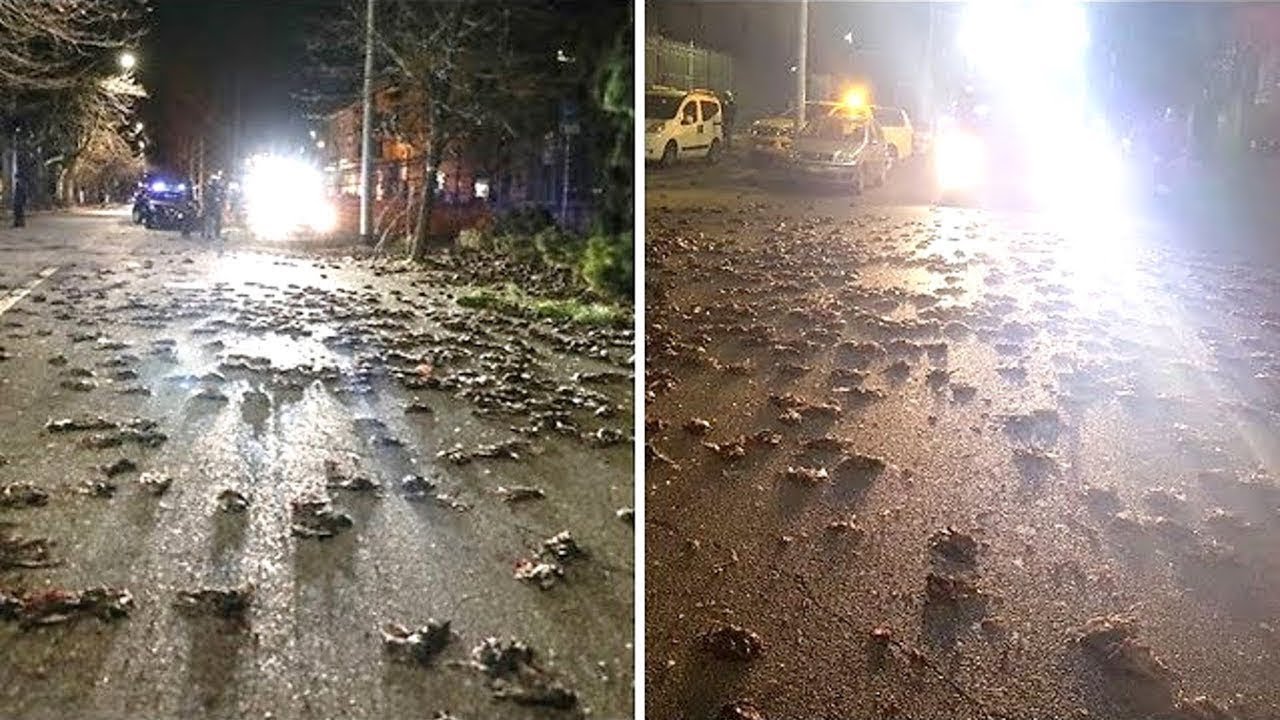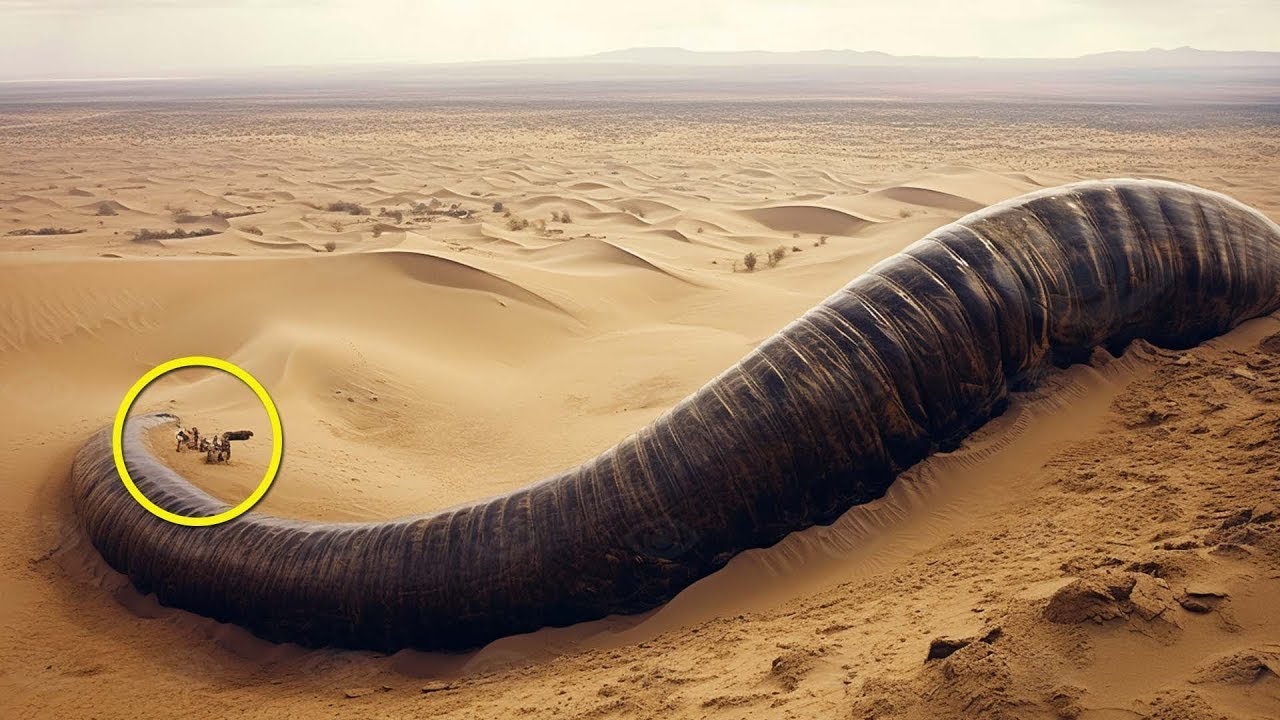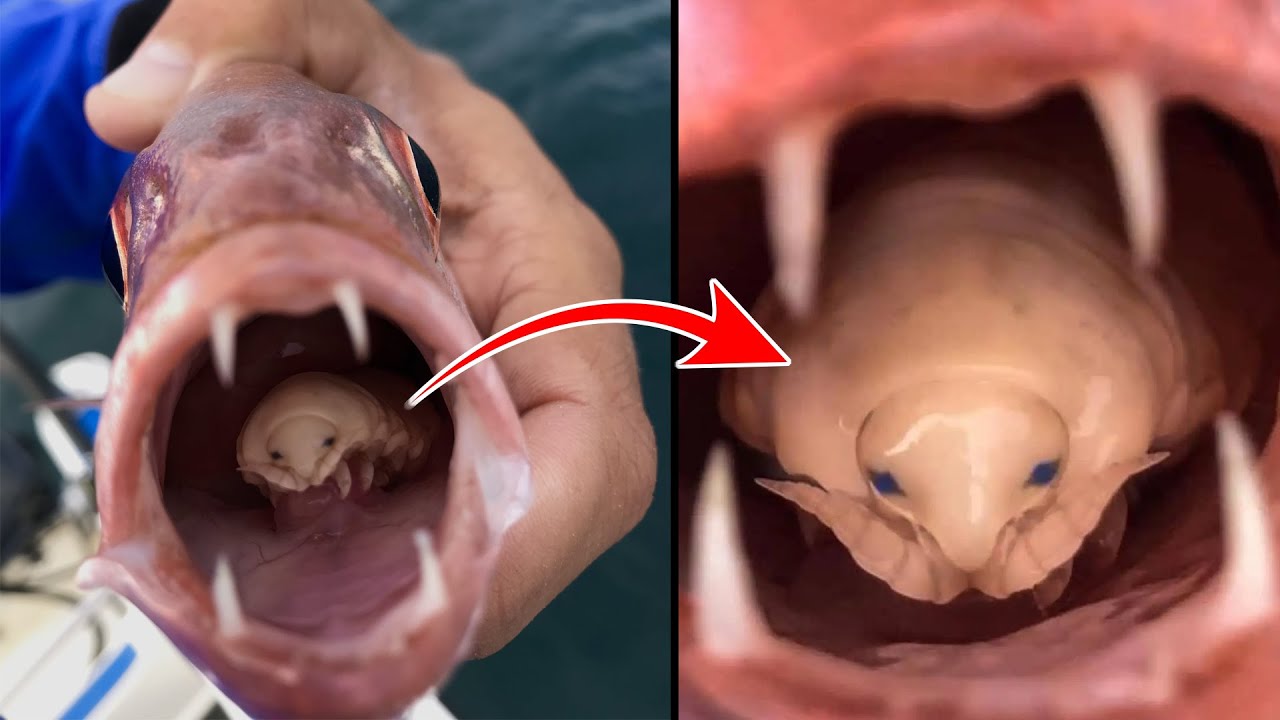- Bulk shipments by sea accounted for most of the illegal wildlife parts seized by authorities around the world in 2022.
- The data, from U.S.-based nonprofit C4ADS, also show that seizures of elephant ivory, rhino horn and pangolin scales haven’t yet returned to pre-pandemic levels.
- However, the decline isn’t uniform across all countries, with China’s late reopening from the pandemic this year indicating there might be an increase in trafficking in 2023, especially of ivory.
- C4ADS has called on law enforcement officials to focus on investigating wildlife seizures within their areas of authority and increase their efforts to detect more illegal shipments passing through known trafficking routes in the maritime transportation sector.
On March 20, officials in Vietnam seized almost 7,000 kilograms (15,400 pounds) of elephant tusks at the port of Haiphong. This confirms the gradual return to normalcy in the illicit wildlife trade industry, which had been slowed down by the pandemic’s impact on global trade.
“It’s a very alarming trend to observe — that such a large quantity of ivory is being trafficked in one shipment,” Ellen Tyra, an analyst with the wildlife crimes program at C4ADS, a U.S.-based nonprofit that works to expose illicit trafficking networks, told Mongabay.
Illegal trafficking of wildlife parts hasn’t fully returned to pre-pandemic levels, but the resumption of trade shows a disturbing pattern of bulk shipments, according to new data.
 Ivory seizure Nouabale-Ndoki National Park. Photo courtesy of WCS.
Ivory seizure Nouabale-Ndoki National Park. Photo courtesy of WCS. Elephants are 𝓀𝒾𝓁𝓁ed to harvest their tusks. Image by Marthijn Brinks via Unsplash (Public domain).
Elephants are 𝓀𝒾𝓁𝓁ed to harvest their tusks. Image by Marthijn Brinks via Unsplash (Public domain).
The figures from C4ADS show that seizures of elephant ivory, rhino horn and pangolin products in 2022 were still lower than before global trade was hit by COVID-19-related closures.
But the data also indicate a return to large bulk shipments and increased trafficking by sea rather than by land or air. Maritime seizures accounted for more than 50% of the cumulative weight of seized elephant ivory, rhino horn and pangolin scales in 2022.
Tyra’s team at C4ADS monitors wildlife trafficking using news media, customs websites, reports, and other publicly available sources across five categories of frequently trafficked wildlife: elephants, leopards, pangolins, rhinos and tigers.
The resulting data, updated weekly, are free and publicly available on the C4ADS Wildlife Seizure Dashboard, which shows trends in global wildlife seizures since 2013.
In a recent commentary on wildlife seizure trends in 2022, Tyra said we’re still living in a “pandemic-adjusted” world, with seizures still below pre-2020 levels.
 Graph shows number of ivory, tiger and leopard seizures between 2018 and 2022. Screenshot from C4ADS.org
Graph shows number of ivory, tiger and leopard seizures between 2018 and 2022. Screenshot from C4ADS.org
The total seizures for the year were down 36% from the average number of seizures recorded between 2017 and 2019, according to C4ADS. A total of 487 seizures were reported in 2022, compared to 1,143 seizures in 2019.
However, this decline isn’t uniform across all countries, likely because countries reopened at different times. For instance, Malaysia, which reopened in early 2022, witnessed an increase in wildlife seizures, whereas China, which maintained stringent lockdown measures until January 2023, continued to record low seizure counts.
“Over the last year, the world has gradually reopened, but we’re not quite back to how things were,” Tyra said. “What the seizure data is showing is that we are in this pandemic adjusted phase … and we’re seeing some interesting trends.”
Of these trends, the ones that stick out the most, Tyra said, are the return to large bulk shipments and an increase in maritime sector seizures.
 Large animals, including big cats like leopards, and even elephants, are the victims of trafficking. Image by Gowthaman k.a via Wikimedia Commons (CC BY-SA 4.0).
Large animals, including big cats like leopards, and even elephants, are the victims of trafficking. Image by Gowthaman k.a via Wikimedia Commons (CC BY-SA 4.0).
Steve Carmody, director of programs at Netherlands-based nonprofit Wildlife Justice Commission, told Mongabay in an email that seizure data alone aren’t enough to interpret the criminal dynamics of wildlife trafficking in a given year.
“[Seizure data] only highlights instances where law enforcement agencies managed to detect and seize wildlife products,” Carmody wrote. “It does not reveal anything about the shipments that avoid detection and are successfully trafficked through the supply chain, or about the law enforcement successes in 2022 — particularly the arrest of key facilitators and transporters — which have caused major disruption of the trafficking of wildlife from Africa to Asia.”
Tyra agreed that wildlife seizure data aren’t a perfect proxy for trafficking levels, but given the opacity of the industry, it’s the next best thing.
“There are extensive limitations on the conclusions that can be drawn from publicly reported seizure data sets,” she said, while adding “it’s the best window we have.”
 Pangolins are exported for their purported medicinal values. Image by Frendi Apen Irawan via Wikimedia Commons (CC BY-SA 4.0).
Pangolins are exported for their purported medicinal values. Image by Frendi Apen Irawan via Wikimedia Commons (CC BY-SA 4.0). Pangolin scales seized during a raid in Nigeria in August 2021. A pangolin must be 𝓀𝒾𝓁𝓁ed to harvest its scales. Image courtesy of Nigerian Customs Service.
Pangolin scales seized during a raid in Nigeria in August 2021. A pangolin must be 𝓀𝒾𝓁𝓁ed to harvest its scales. Image courtesy of Nigerian Customs Service.
In the first two and a half months of 2023, C4ADS has already recorded up to 59 seizures. Tyra said preliminary findings show the trends identified in 2022 are continuing, particularly regarding ivory seizures.
“I think the main thing to be watching as we go into 2023 is ivory seizures,” she said, “especially bulk and in the maritime industry.”
China remains a primary destination market for trafficked ivory. The country’s recent reopening “leaves an open question for what’s going to happen in 2023,” Tyra said.
 The C4ADS Wildlife Seizure Dashboard, is free and publicly available, and shows seizure data from 2013-2023.
The C4ADS Wildlife Seizure Dashboard, is free and publicly available, and shows seizure data from 2013-2023.
With international trade and transportation resuming and lockdowns largely eased, there’s the potential for an increase in wildlife trafficking, especially of ivory, C4ADS says. At the same time, since there are fewer pandemic-related restrictions, law enforcement officials might have more ability to stop illegal wildlife shipments.
C4ADS has called on governments, enforcement agencies and media to use their data to monitor and report on trade and allocate resources to counter wildlife trafficking. To achieve this, it suggests that law enforcement stakeholders prioritize investigating wildlife seizures within their areas of authority to identify other shipments that could be evading interception. Additionally, maritime transportation workers should increase their efforts to check shipments passing through known trafficking routes to detect more illegal shipments.
Banner image of elephant tusks from an ivory seizure in 2015 in Singapore. Image by Center for Conservation Biology/University of Washington.





